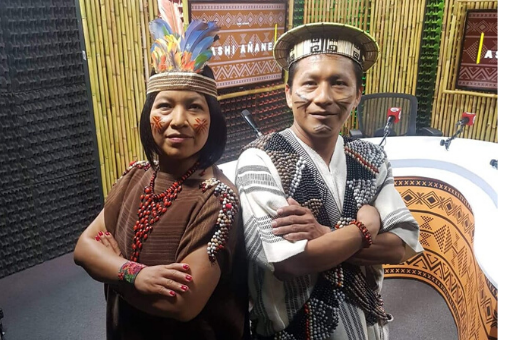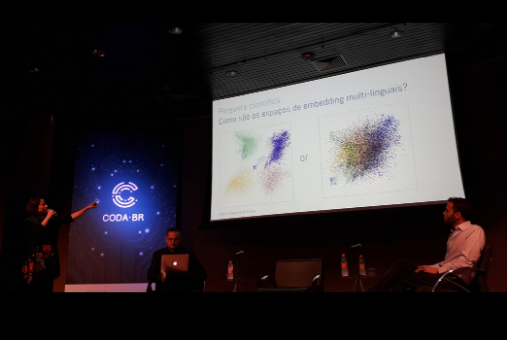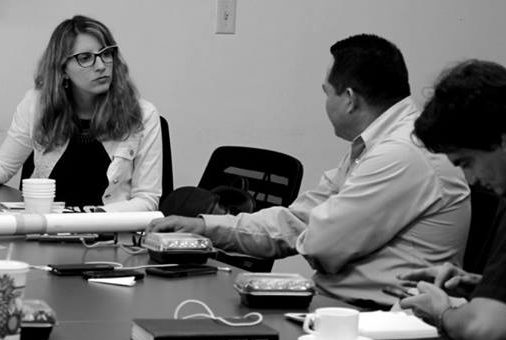
Instruction on entrepreneurial journalism is present in just 2.8 percent of universities and journalism schools in Latin America, while that same figure is 20 percent in Spain.

A crowdfunding platform that has become one of the most successful in Brazil with projects ranging from comics and board games to films, music albums and theater shows is creating a project dedicated solely to independent journalism.

With little more than 80,000 inhabitants in Peru and part of Brazil, the Asháninka are the most numerous ethnic group in the Peruvian Amazon. The National Institute of Radio and Television of Peru (IRTP, for its initials in Spanish) recently launched "Ashi Añane", an informative program in the Asháninka language, to give the culture a national platform.

Members of the growing data journalism community in Brazil gathered from Nov. 10 to 11 for the third edition of the Brazilian Conference on Data Journalism and Digital Methods, Coda.Br, in São Paulo.

From the Brazilian Euclides da Cunha to Peruvian Gabriela Wiener, to Colombian Gabriel García Márquez, Argentinean Leila Guerriero, Mexican Alma Guillermoprieto and dozens of other names, Latin America is home to great tellers of real stories that bring elements of literature to journalistic texts.

The Guatemalan investigative journalism site Plaza Pública recently launched a journalism and safety protocols manual for journalists that summarizes the lessons of its first six years of existence.

WhatsApp has 120 million active users in Brazil, according to what the company reported in July this year. This number is equivalent to more than half of the Brazilian population, estimated at 208.5 million people.

The term “artificial intelligence” has been around since 1956, and yet many journalists are unfamiliar with its history and impact on the world today, even as its influence grows everywhere, including on how we gather and report the news.

The intense mining activity that takes place in a vast area of the Venezuelan Amazon inspired a group of journalists interested in social and environmental issues to work collaboratively across borders.
The Knight Center for Journalism in the Americas is pleased to announce the publication of its latest free ebook, “Innovators in Latin American Journalism.”
About a month ago, the MemeNews project started sending a daily bulletin with news headlines and summaries focusing on the Brazilian Legislative, Judicial and Executive branches. But more than being a newsletter, MemeNews wants to engage its readers in the stories they report using one of the best inventions of the internet: memes.
In 2018, access to the internet and the possibility of expressing yourself through various platforms and social networks, like blogs, Tumblr, Facebook and Twitter are almost expected by a significant portion of the Latin American population.